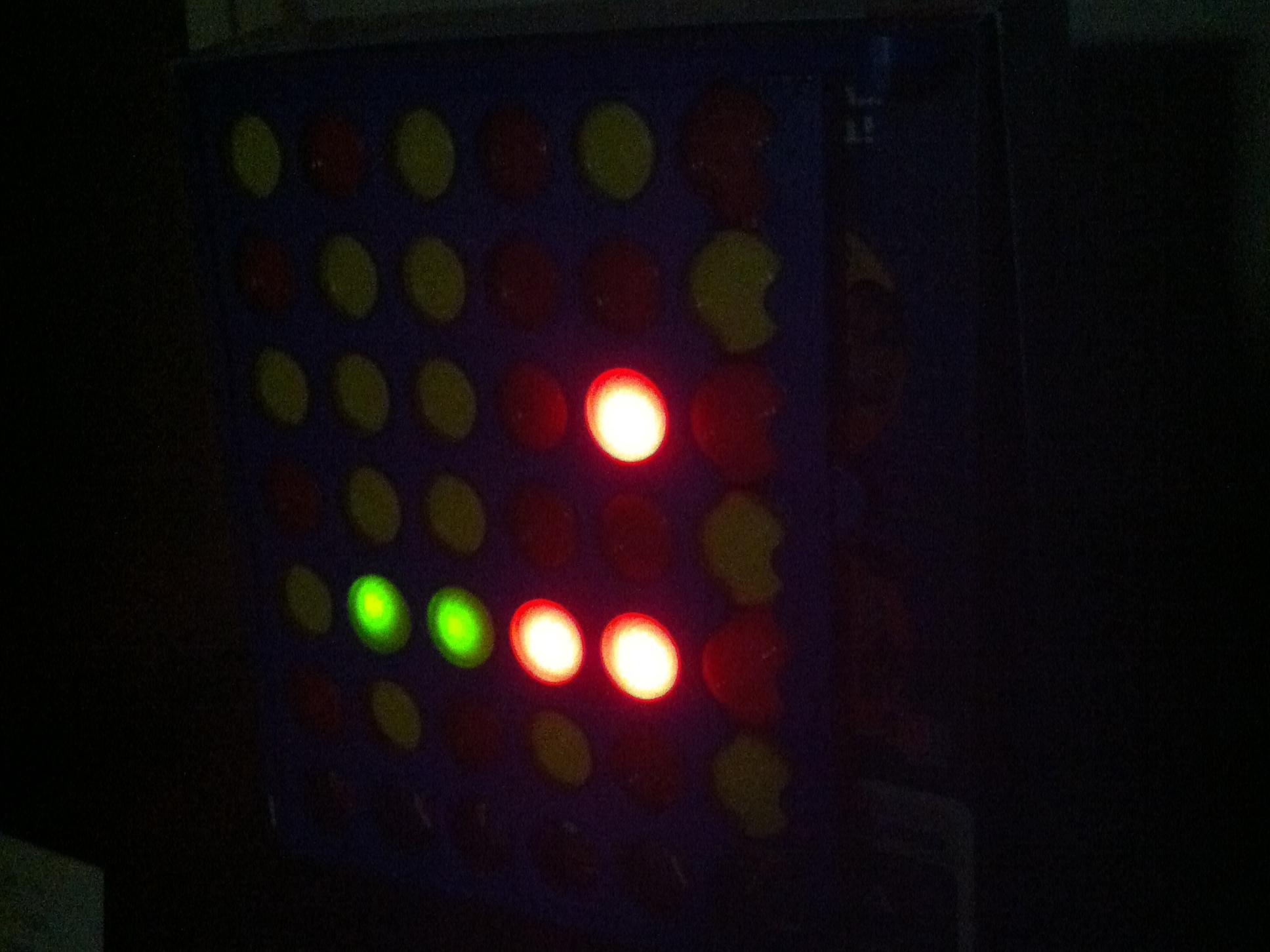Remember that old Connect 4 game sitting in your basement/closet/chest/Batcave? You’ve always wanted to upcycle that into a functioning binary clock utilizing the awesome powers of an Arduino, haven’t you? Of course you have! Well, you’re in the right place!
This is a great weekend project that will provide you with a binary clock that is sleek and nostalgic all at once. We focused on recycling every part of the Connect 4 game to exemplify our "green" standards, and be as creative as possible. The Connect 4 works superbly in displaying a binary clock because it has perfectly rounded holes to showcase the LED-based binary numbering system.
You don’t need many supplies to make this binary clock, and it’s a great way to utilize an old Connect 4 game if you’ve lost some of the pieces, or simply want to show off your mad creative skills. And don’t worry about the coding – which we struggled against in an epic battle between sanity and madness – we already have it laid out for you! There’s not much of a time commitment and a fun result is waiting for you, so let’s get started!
Authors:
Many thanks to:
– Michael Lehman
[This project was originally published in December, 2012]


